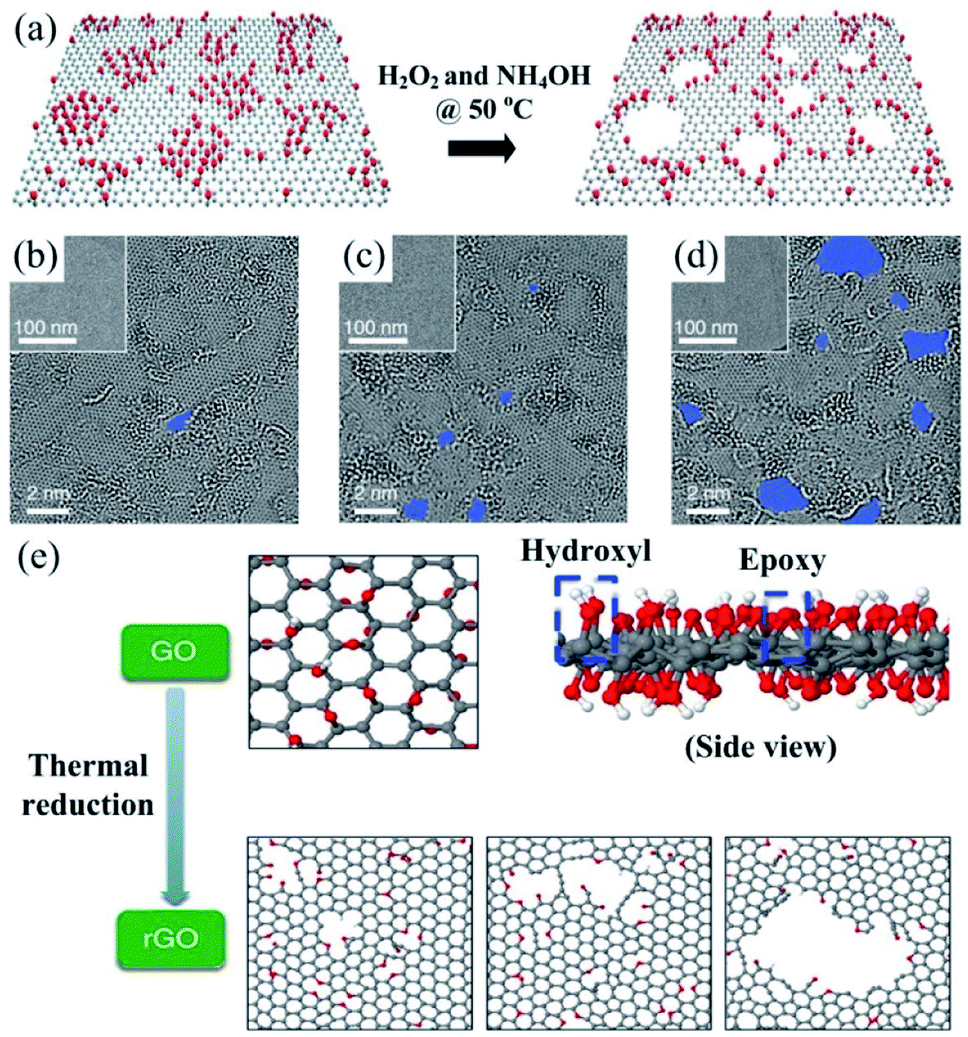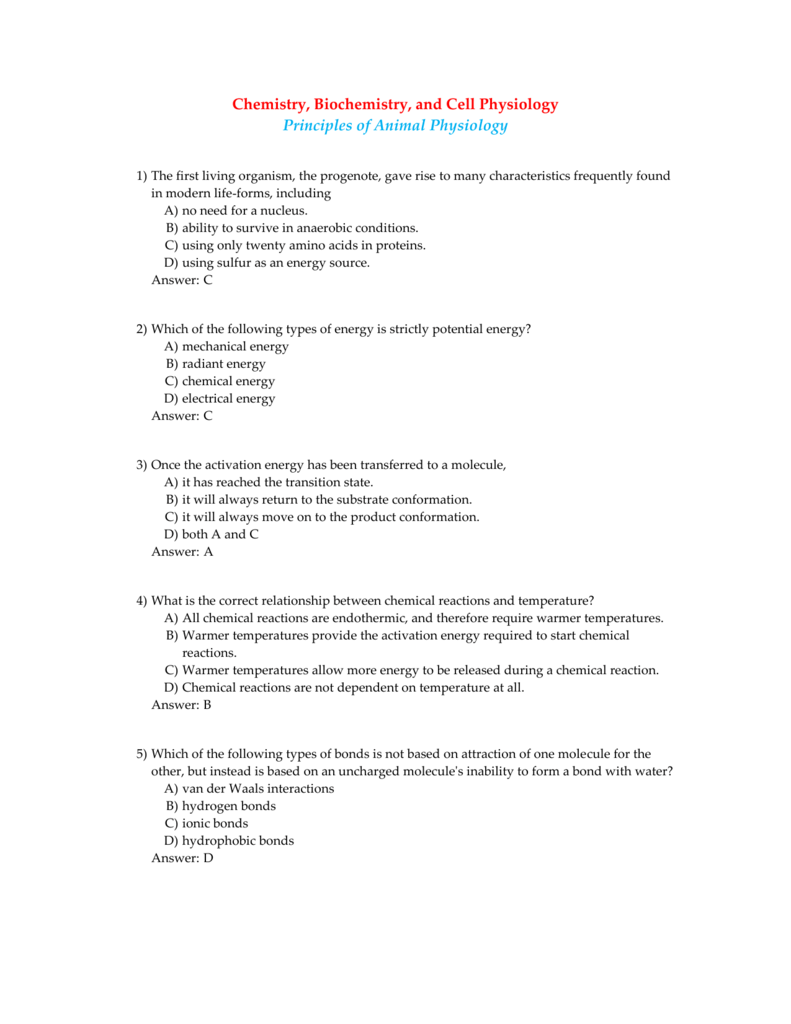Solution Or Across A Semipermeable Membrane. Simple Diffusion Is Carried Out By The Actions Of Hydrogen Bonds Forming Between Water Molecules An / Solution Or Across A Semipermeable Membrane. Simple ... / Water diffuses through the cell pores from a solution of low concentration to a solution of high concentration and this bulk flow of liquid across.
Solution Or Across A Semipermeable Membrane. Simple Diffusion Is Carried Out By The Actions Of Hydrogen Bonds Forming Between Water Molecules An / Solution Or Across A Semipermeable Membrane. Simple ... / Water diffuses through the cell pores from a solution of low concentration to a solution of high concentration and this bulk flow of liquid across.. (5.15) first, imagine a semipermeable membrane, one that. Start studying diffusion and osmosis. The diffusion is so simple that it'd be like balancing a biology book on your head and instantly learning all of the material. Additional images via wikimedia commons. Only in diffusion do molecules.
What is the difference between simple diffusion and osmosis? There are two major electrical membrane desalination methods Diffusion is passive transport, whereas osmosis is active transport. In methoxymethane, the lone pairs on the oxygen are still there. The movement is from the region of higher to lower concentration of the solvent.

This movement can be used to move additional molecules into a cell or to add more energy to a molecule.
Additional images via wikimedia commons. When two solutions are isotonic, water molecules move at equal rates from one to the other, with no net osmosis. Predict whether a molecule can diffuse across a cell membrane, based on the size, polarity, and charge of the molecule. Distinguish among the types of transport (simple diffusion, facilitated diffusion, and active transport), based on their kinetics and energy requirements. Facilitated diffusion is the passive transport of substances that otherwise would not cross the membrane readily. Water molecules move across the membrane but at the same rate in both directions. Water has unique properties because of its polarity and the hydrogen bonds between its molecules. The presence of a hypotonic or hypertonic solution is necessary for this to happen. The water moves out because this equalizes the salt concentration between its inside and outside. Osmosis is diffusion of water across the membrane. Movement like this is called diffusion. Diffusion across a semipermeable membrane : A concentration gradient exists that would allow ions and polar molecules to diffuse into the cell, but these materials are repelled by the.
Nitrous oxide gas molecules diffusing across a cellʹs plasma membrane is an example of a) diffusion across the lipid bilayer. When water molecules move freely across a cell membrane, the process is called osmosis, which is just a special type of simple diffusion. There are two major electrical membrane desalination methods A) the cell membrane forms a border between one cell and another in tightly packed tissues such as epithelium. • moves from high water potential (low solute) to low.

Additional images via wikimedia commons.
If not you can ask again. Cells have various transport mechanism. Water diffuses through the cell pores from a solution of low concentration to a solution of high concentration and this bulk flow of liquid across. Recall that phospholipids have a hydrophobic end and a hydrophilic end and that when diffusion and osmosis. Diffusion across a semipermeable membrane : Would it be correct to predict that the larger the. Always occurs across a semipermeable membrane. Substances can move into and out of cells through the cell membrane. Movement like this is called diffusion. Simple diffusion is responsible for the spread of an air freshener through a room, or of a few drops of dye to eventually turn a it can do this easily because the oxygen molecule (o2) is very small and has no charge or polarity. Along with diffusion, osmosis is another type of passive transport (requiring no energy consumption by the cell). Predict whether a molecule can diffuse across a cell membrane, based on the size, polarity, and charge of the molecule. Some solutes pass through cell membrane by simple diffusion with the concentration gradient.
The difference between osmosis and diffusion is that a. Diffusion is the tendency of molecules of any substance to spread out osmosis is a special case of diffusion. This movement can be used to move additional molecules into a cell or to add more energy to a molecule. (5.15) first, imagine a semipermeable membrane, one that. In methoxymethane, the lone pairs on the oxygen are still there.

Substances can move into and out of cells through the cell membrane.
The presence of a hypotonic or hypertonic solution is necessary for this to happen. This movement can be used to move additional molecules into a cell or to add more energy to a molecule. Synthetic or polymeric membranes have been created for various research and industrial processes. Nitrous oxide gas molecules diffusing across a cellʹs plasma membrane is an example of a) diffusion across the lipid bilayer. Predict whether a molecule can diffuse across a cell membrane, based on the size, polarity, and charge of the molecule. Biology movement in and out of cells transport across the cell membranes. Is the movement of water through a semipermeable membrane. A concentration gradient exists that would allow ions and polar molecules to diffuse into the cell, but these materials are repelled by the. The hydrogen bonding is limited by the fact that there is only one hydrogen in each ethanol molecule with sufficient δ+ charge. Hydrogen bonding can occur between ethanol molecules, although not as effectively as in water. Root system water intake for plants. This interactive shows that smaller molecules have an easier time making it across a semipermeable key points. Start studying diffusion and osmosis.
Komentar
Posting Komentar